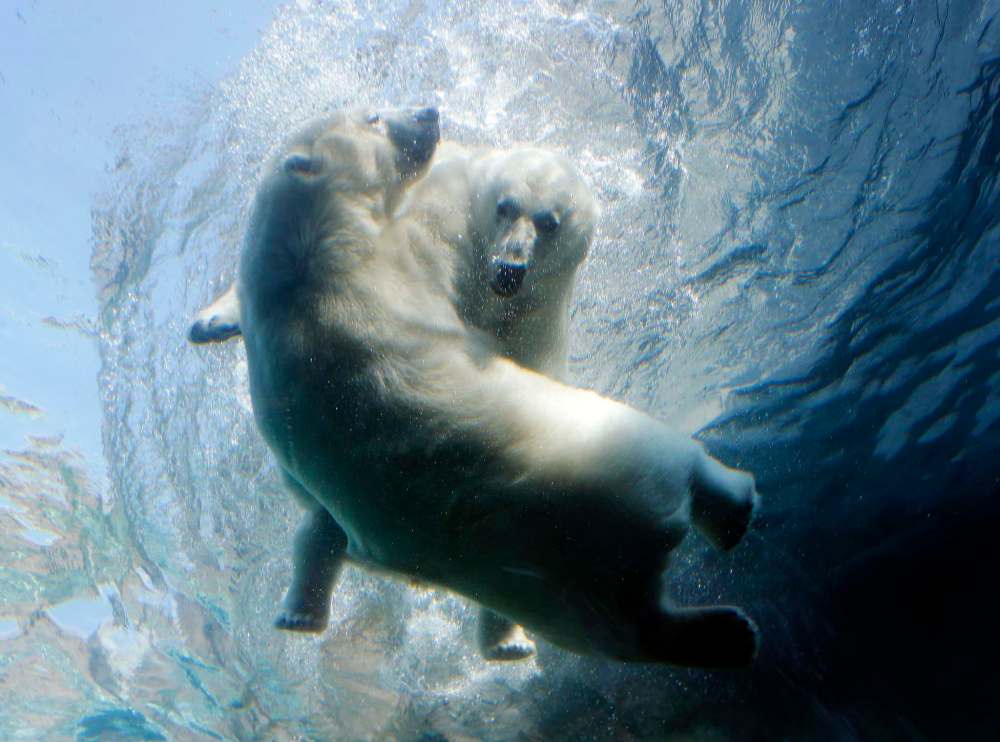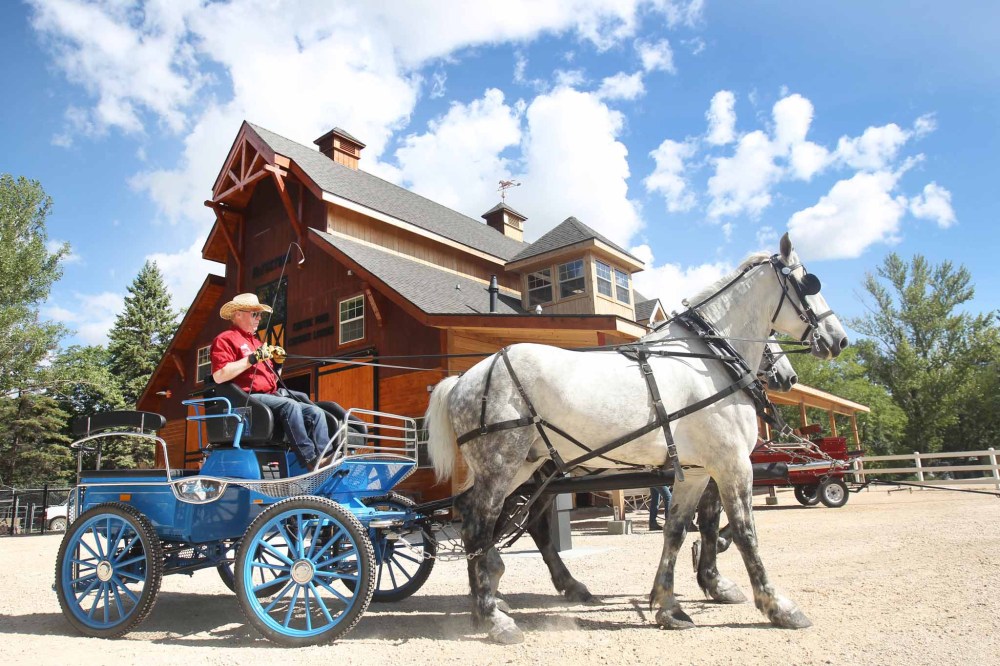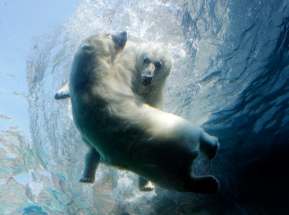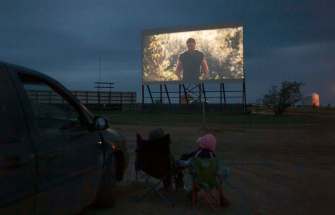Set to reopen, Assiniboine Park takes on new beast
Read this article for free:
or
Already have an account? Log in here »
To continue reading, please subscribe:
Monthly Digital Subscription
$0 for the first 4 weeks*
- Enjoy unlimited reading on winnipegfreepress.com
- Read the E-Edition, our digital replica newspaper
- Access News Break, our award-winning app
- Play interactive puzzles
*No charge for 4 weeks then price increases to the regular rate of $19.00 plus GST every four weeks. Offer available to new and qualified returning subscribers only. Cancel any time.
Monthly Digital Subscription
$4.75/week*
- Enjoy unlimited reading on winnipegfreepress.com
- Read the E-Edition, our digital replica newspaper
- Access News Break, our award-winning app
- Play interactive puzzles
*Billed as $19 plus GST every four weeks. Cancel any time.
To continue reading, please subscribe:
Add Free Press access to your Brandon Sun subscription for only an additional
$1 for the first 4 weeks*
*Your next subscription payment will increase by $1.00 and you will be charged $16.99 plus GST for four weeks. After four weeks, your payment will increase to $23.99 plus GST every four weeks.
Read unlimited articles for free today:
or
Already have an account? Log in here »
Hey there, time traveller!
This article was published 11/05/2020 (2044 days ago), so information in it may no longer be current.
It’s been a wild few months for the Assiniboine Park Zoo.
At the beginning of March, the Winnipeg zoo (founded in 1904, when the city’s parks board purchased native animals such as deer, bison and elk) was preparing for its regular slate of spring break camps and programming. By March 18, most front-of-house employees were laid off and the centre closed — though it was never empty as employees tended to the nearly 200 species living there.
On Wednesday, another species will be reintroduced: the paying customer.

Weeks before the province announced the first phase of its reopening plan, the Assiniboine Park Conservancy was theorizing what the zoo experience might look like amid the realities of the novel coronavirus pandemic. The zoo’s COVID-19 response plan, released Monday, details the local institution’s plan to contain a different beast entirely.
Occupancy will be capped well-below provincial requirements, with all entry directed through the main gate on Roblin Boulevard and all exits funnelling through a separate door. Outdoor areas will be open to patrons, but several exhibits, including the Leatherdale International Polar Bear Conservation Centre, McFeetors Heavy Horse Centre, and Toucan Ridge, will be closed or restricted.
Other exhibits, such as Gateway to the Arctic, the underwater tunnels where polar bears swim, are open with capacity-management in place. One-way pedestrian traffic is being encouraged throughout.
To discourage entrance logjams and physical contact with zoo staff, guests are being encouraged to buy tickets online, and before visiting, to use the provincial COVID-19 online screening tool.
Sanitation will be ramped up. High-touch activities such as wagon rides, interpretive exhibits, play structures, and the zoo tram won’t be running. Neither will the exhibit that allows guests to touch and feed stingrays. Wagon or stroller rentals are suspended.
Bruce Keats, the conservancy’s chief operating officer, said the reopening is meant to be “slow and methodical” to ensure public health guidelines are met.
“We’re fortunate in that we have an outdoor space that allows for distancing, and we’re unique in that regard,” he said.
Zoos are also unique in they have a responsibility not just to protect staff and guests during a pandemic, but the animals in their care as well, said Jim Facette, executive director of Canada’s Accredited Zoos and Aquariums.
The U.S. Department of Agriculture’s veterinary service laboratories confirmed last month a tiger at New York City’s Bronx Zoo had been infected with the virus; through fecal analysis, several other cats tested positive. It’s believed the animals, which showed mild symptoms, were infected by a zoo employee.

“All eight cats continue to do well,” the U.S. zoo said in an April 22 update.
Facette said no animal in an accredited zoo in Canada has tested positive, and the World Organisation for Animal Health says there is no evidence animals infected by humans are contributing to the spread of the coronavirus.
Of CAZA’s 30 members, Assiniboine Park will be the first to add the public back into its equation.
Keats said the Winnipeg plan was done in close collaboration with zoos elsewhere.
“Our decision wasn’t to move fast, but to make sure our visitors and guests feel comfortable,” he said.
ben.waldman@freepress.mb.ca

Ben Waldman covers a little bit of everything for the Free Press.
Our newsroom depends on a growing audience of readers to power our journalism. If you are not a paid reader, please consider becoming a subscriber.
Our newsroom depends on its audience of readers to power our journalism. Thank you for your support.






